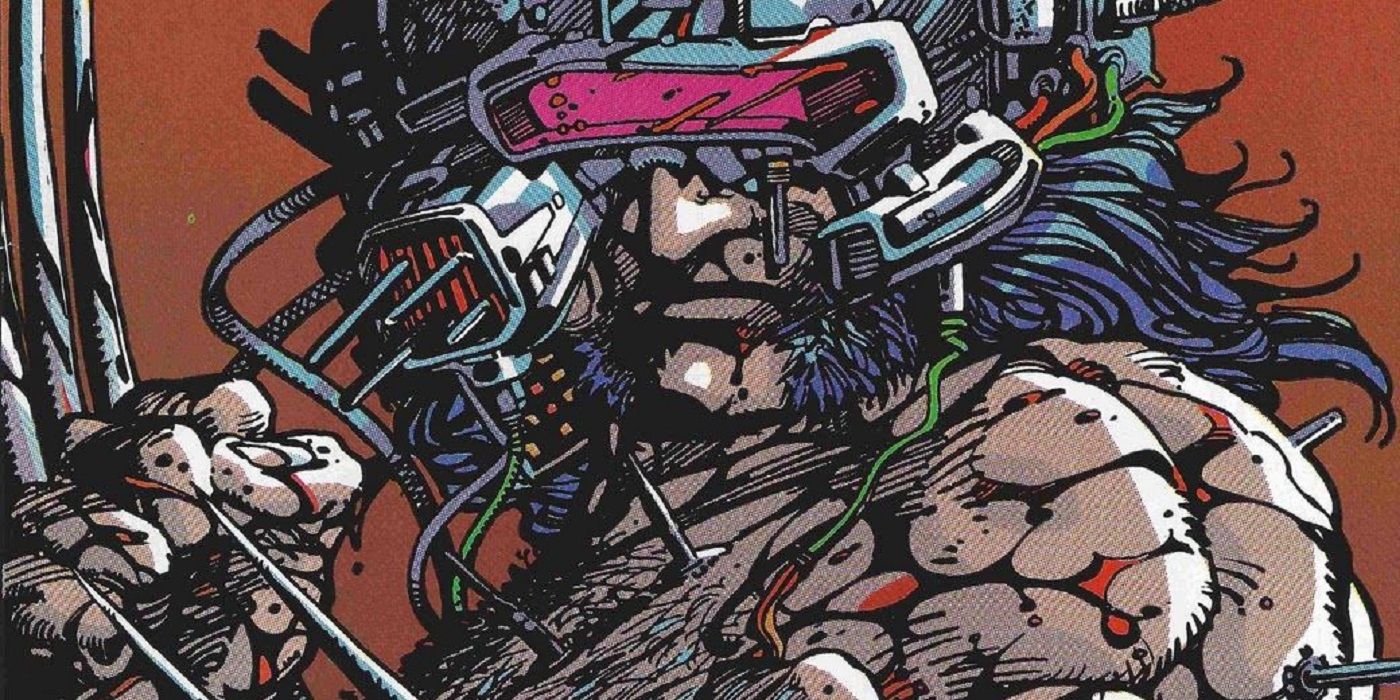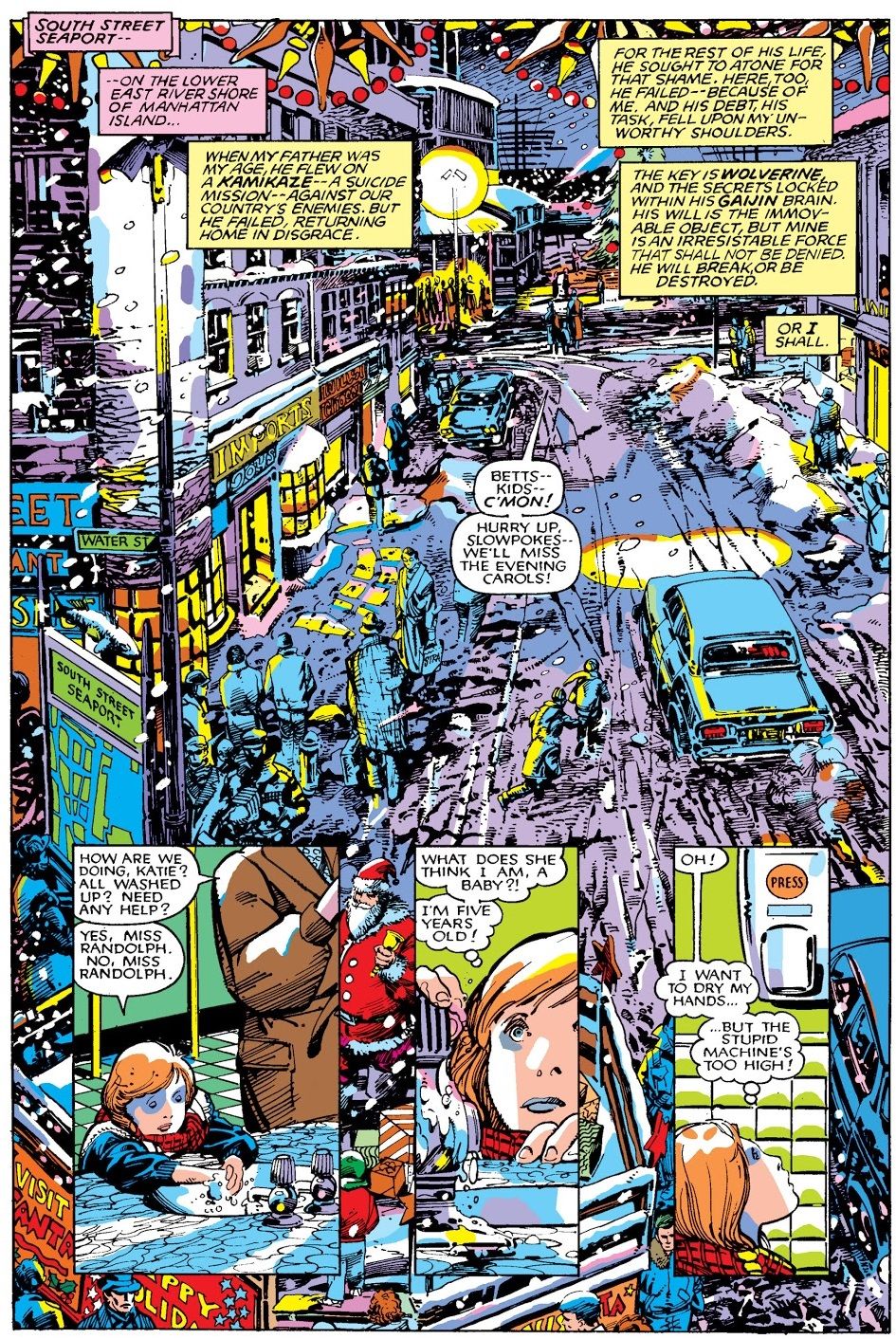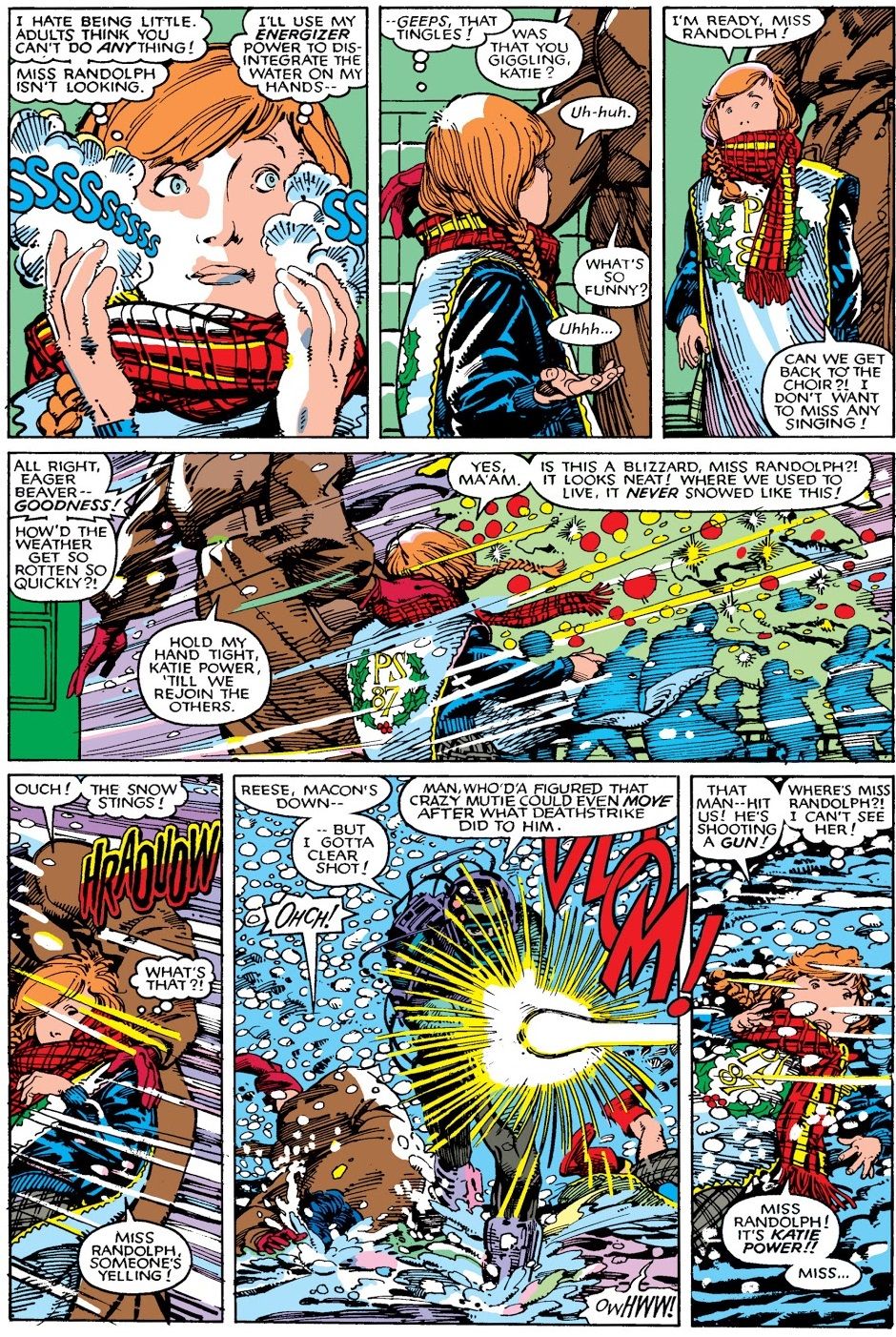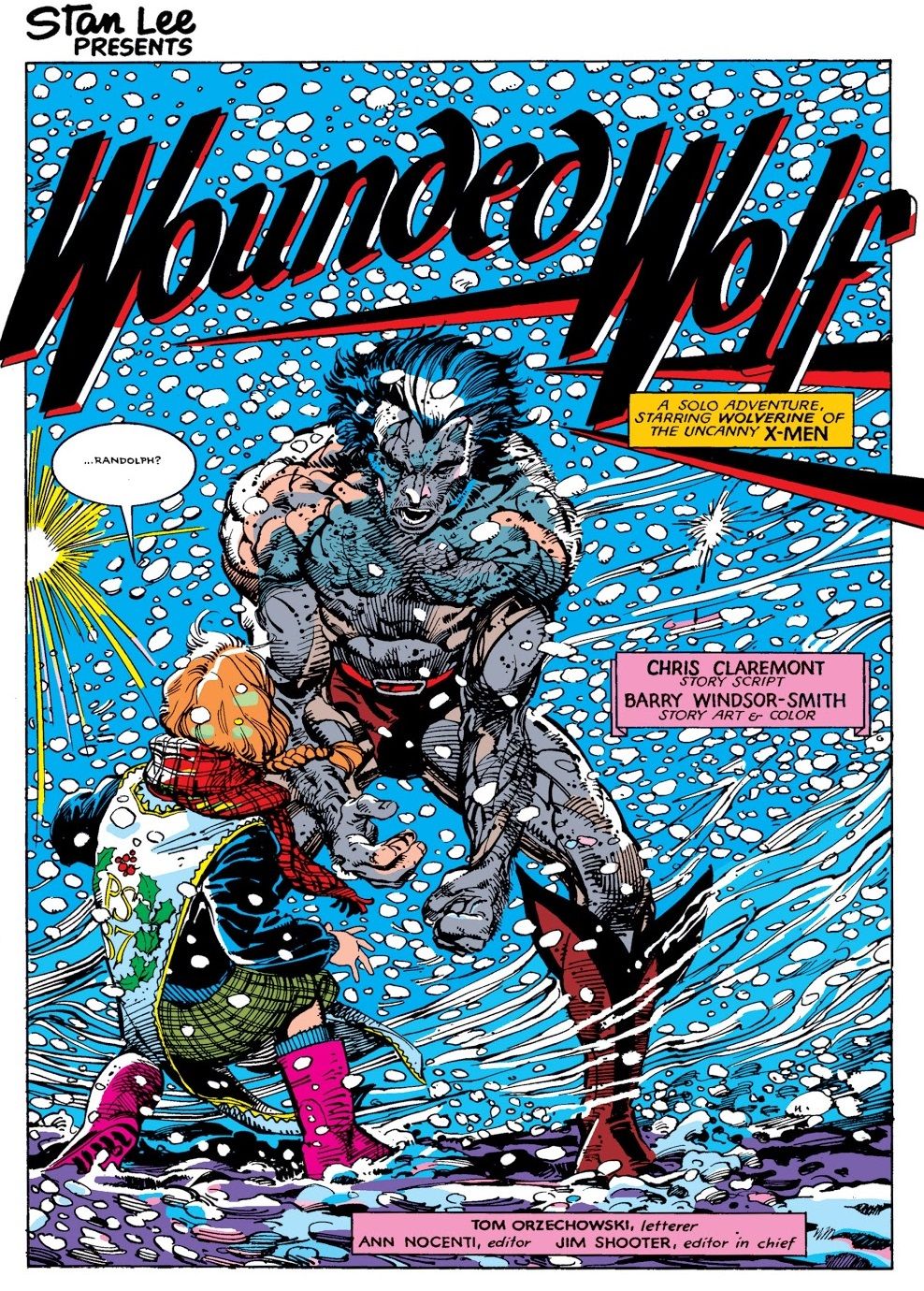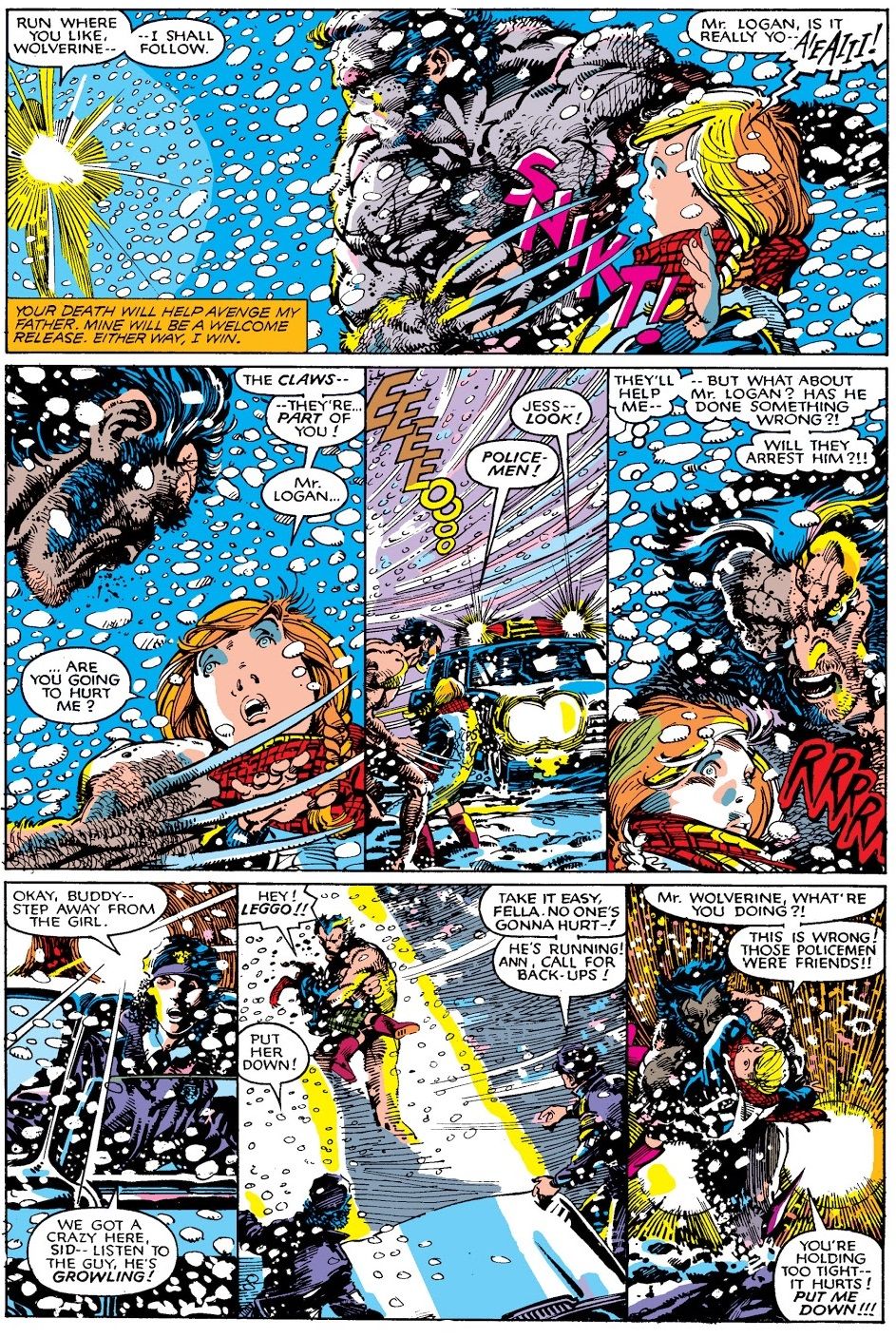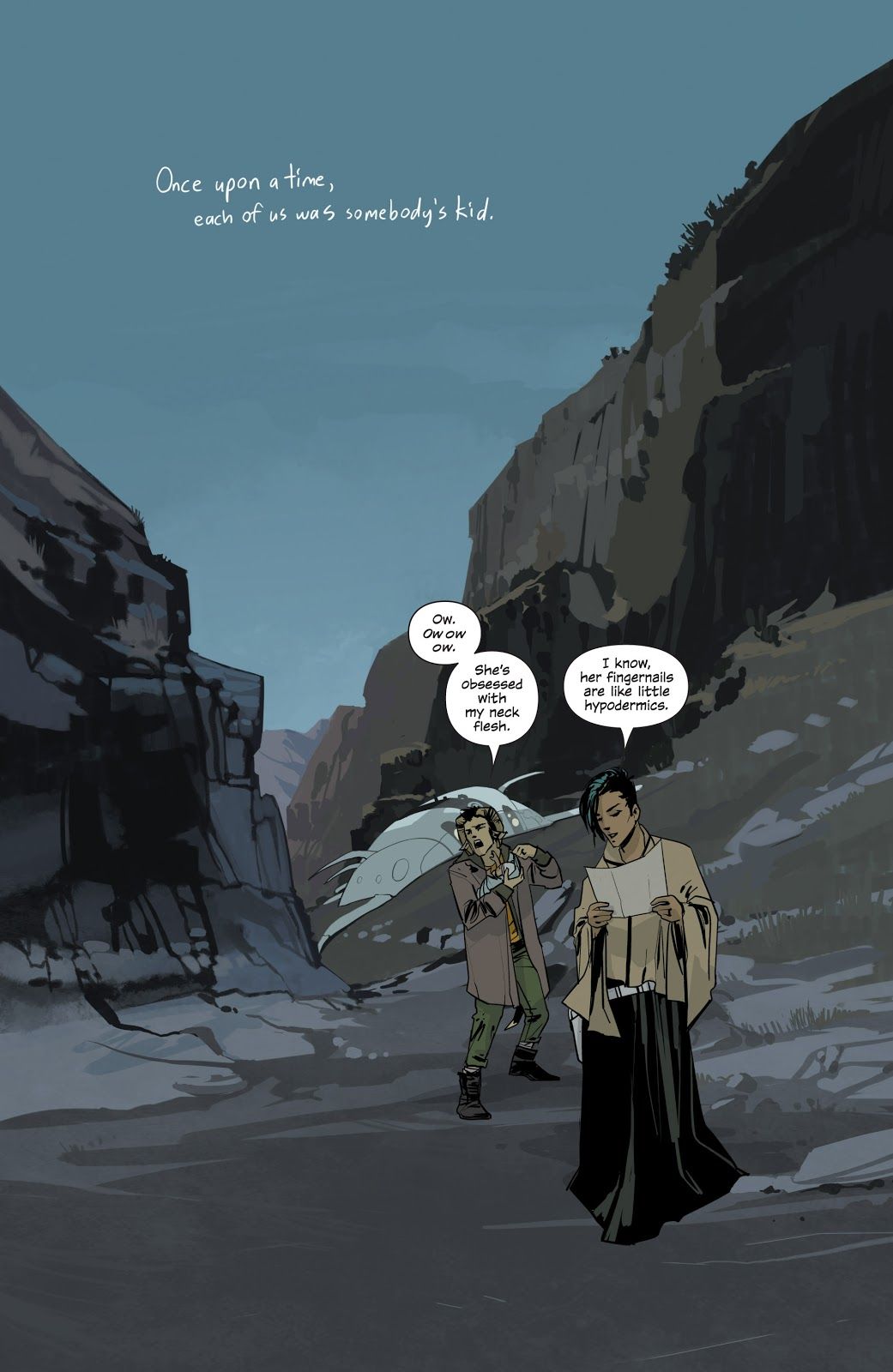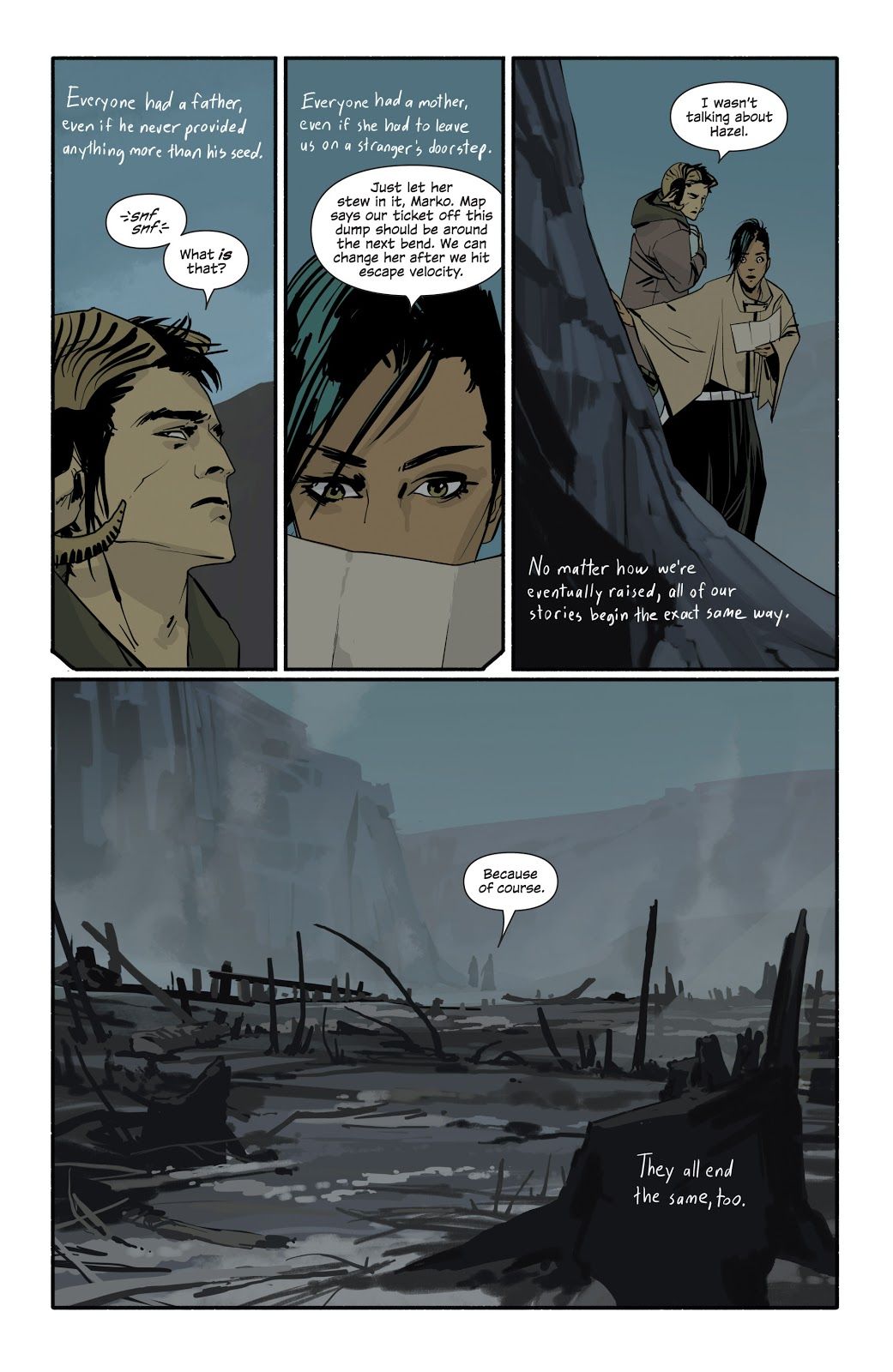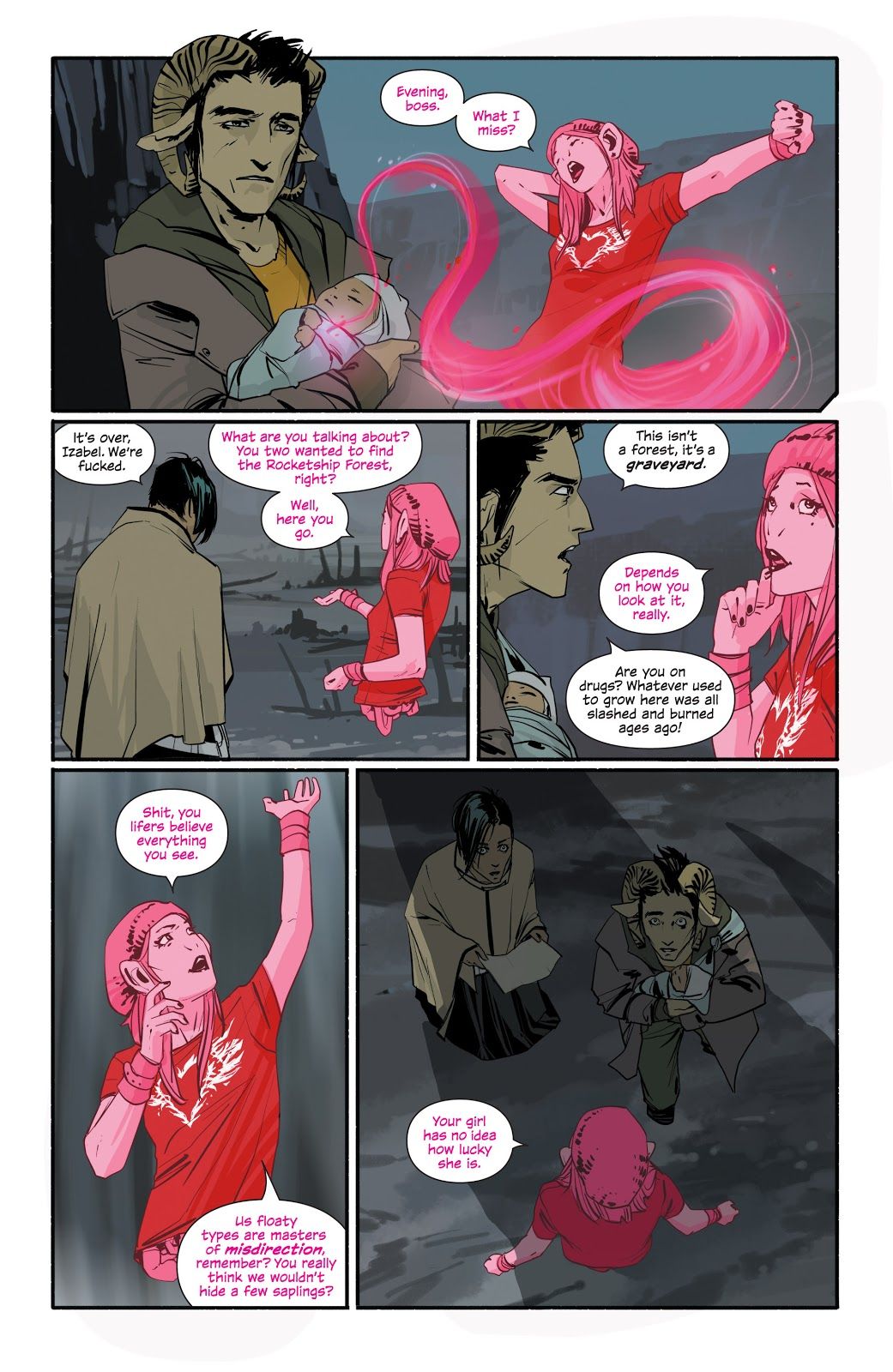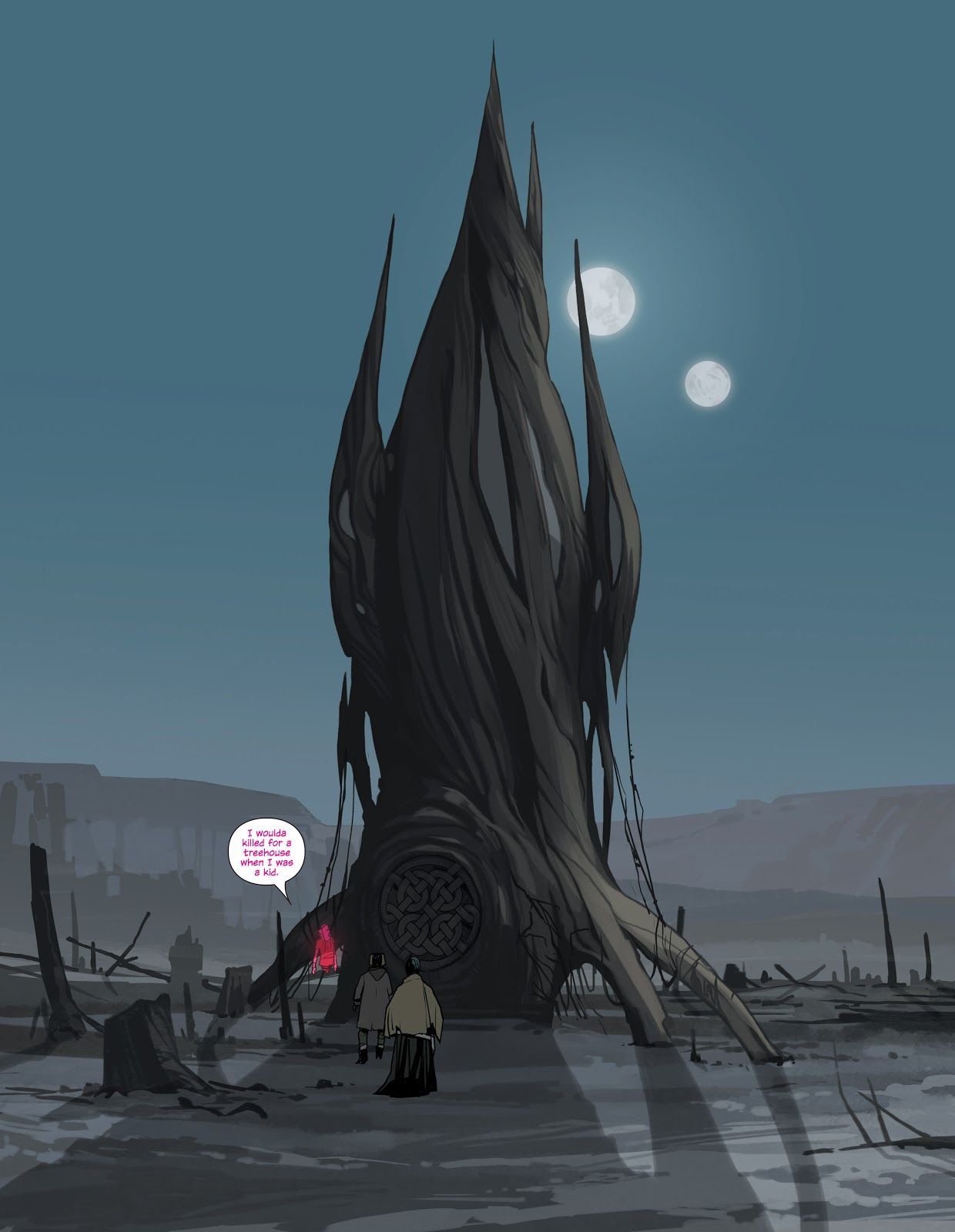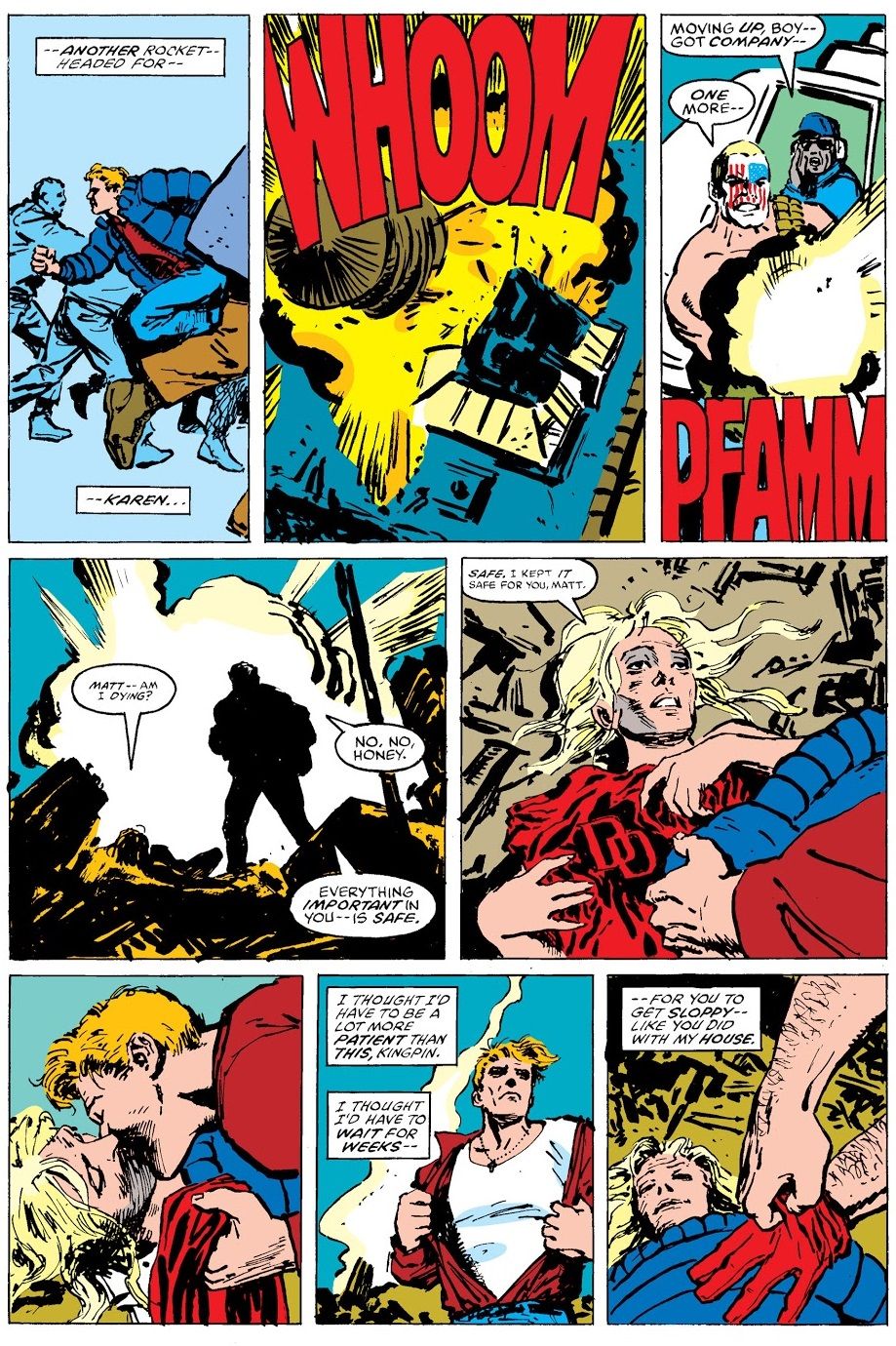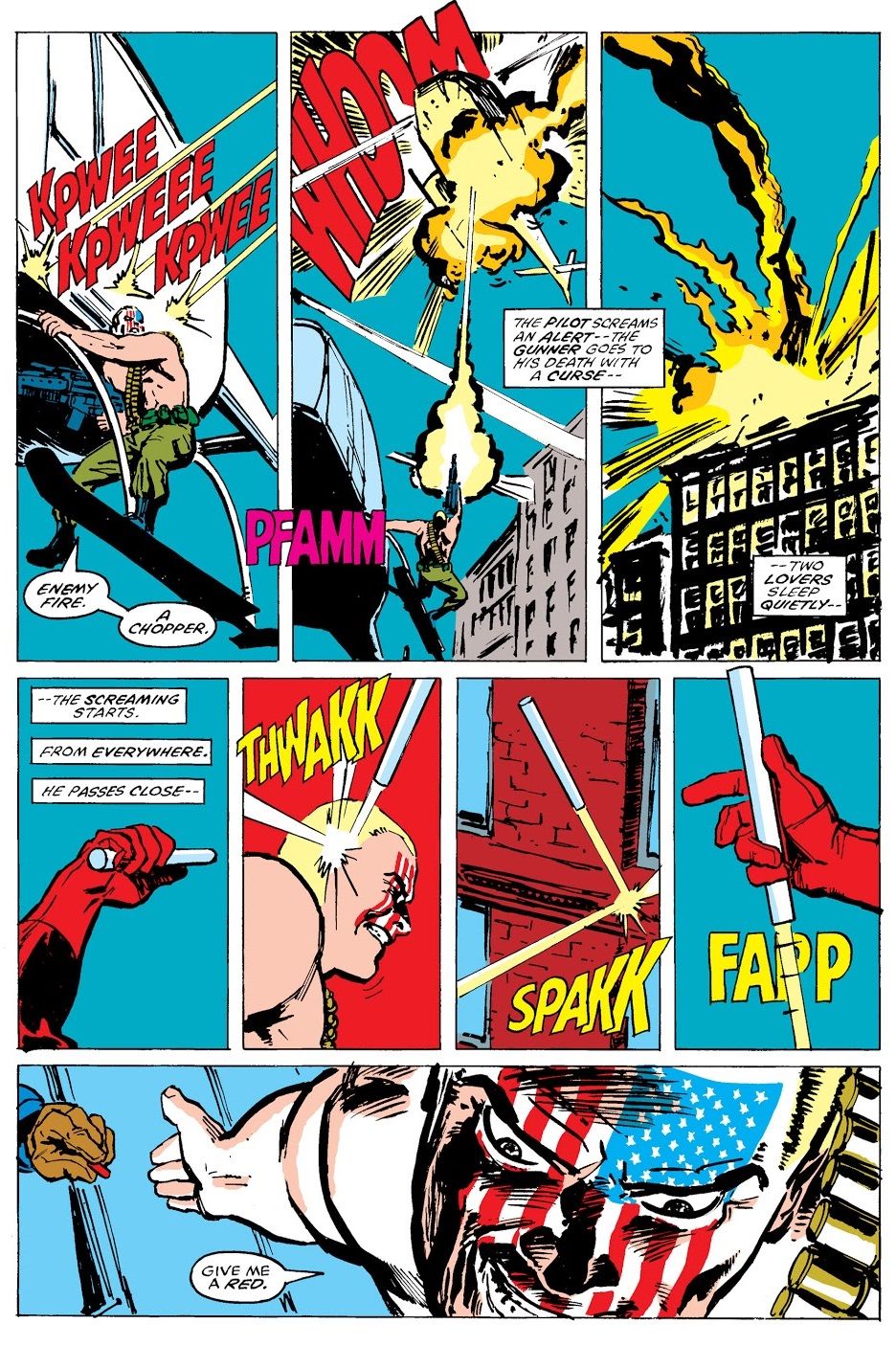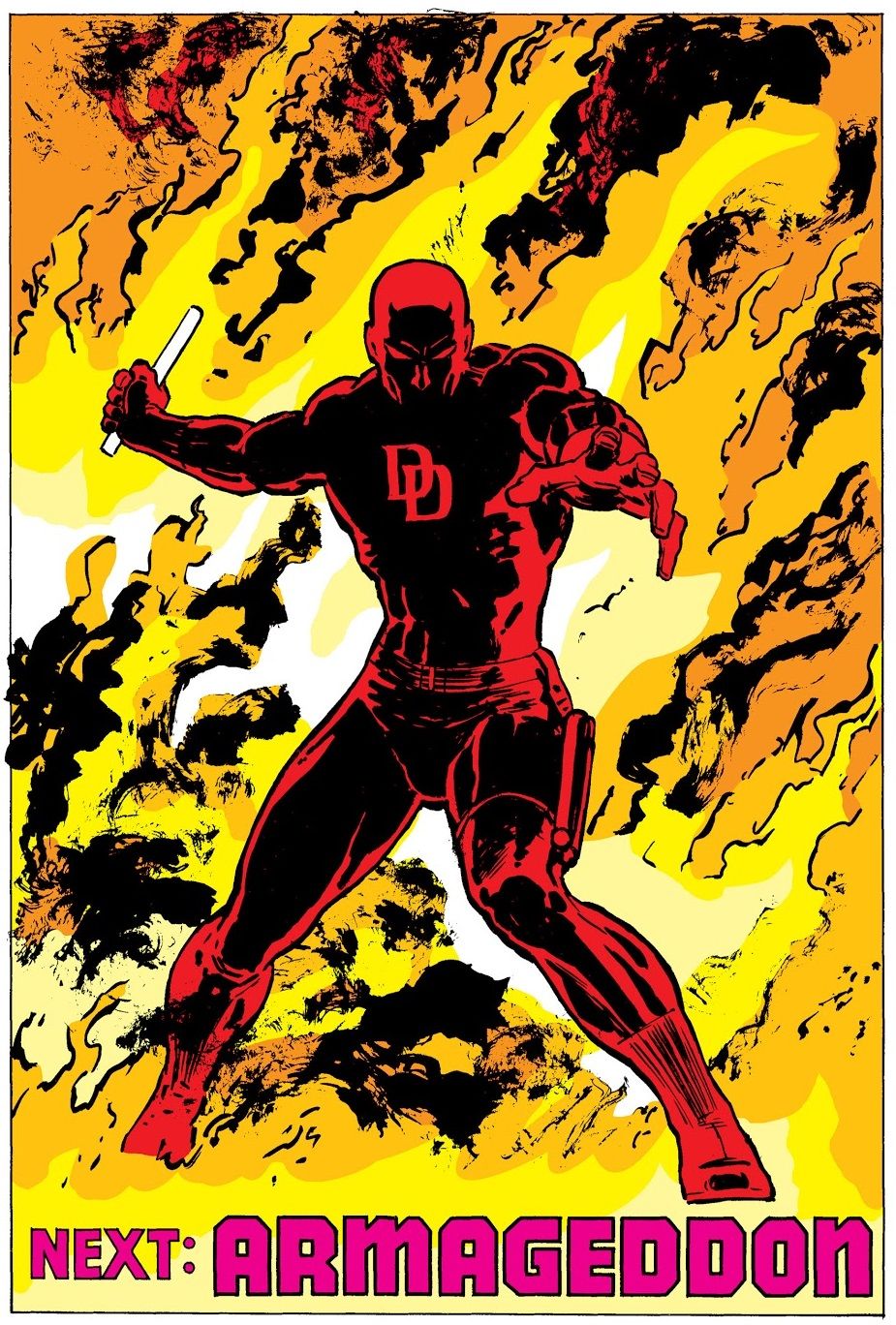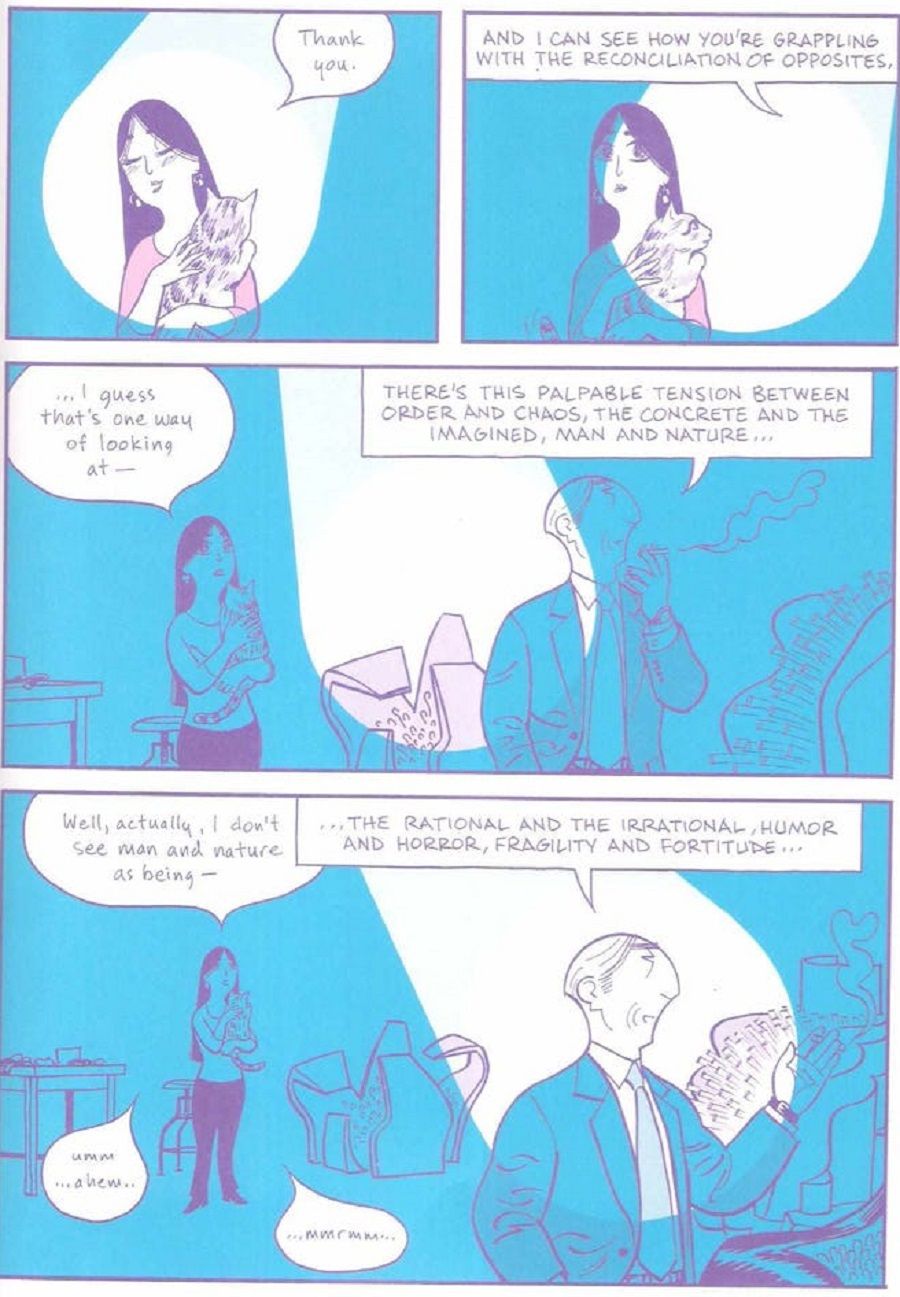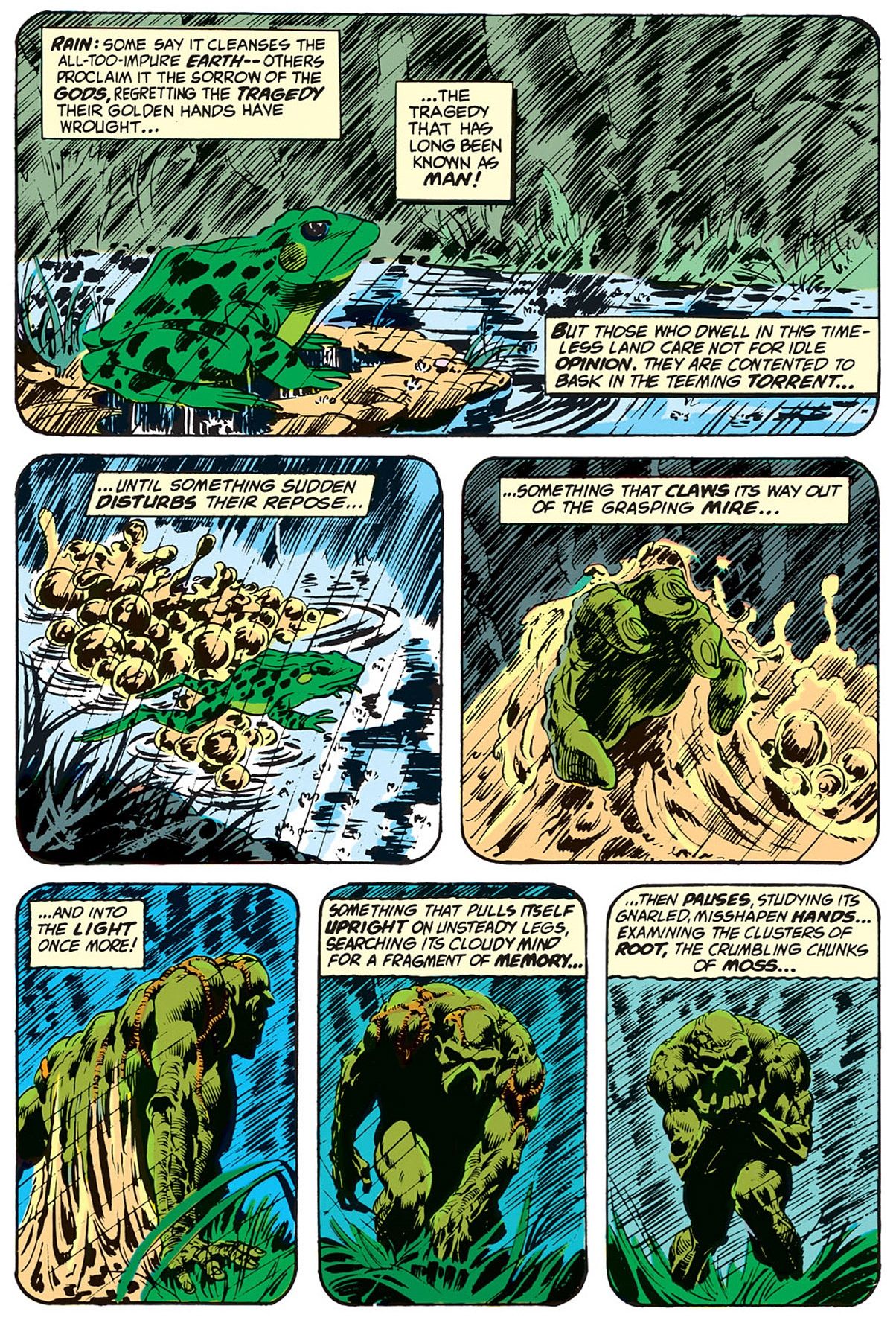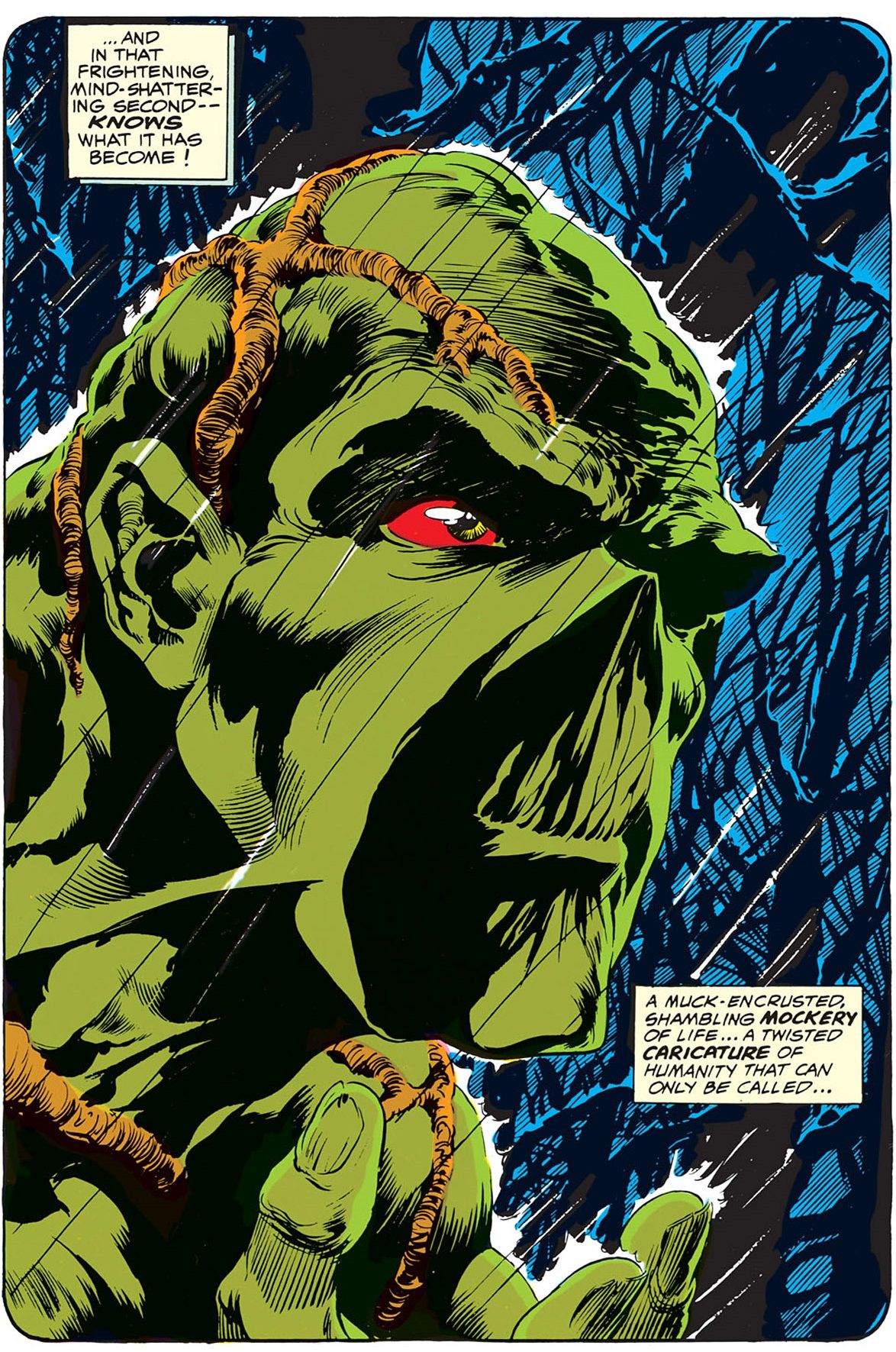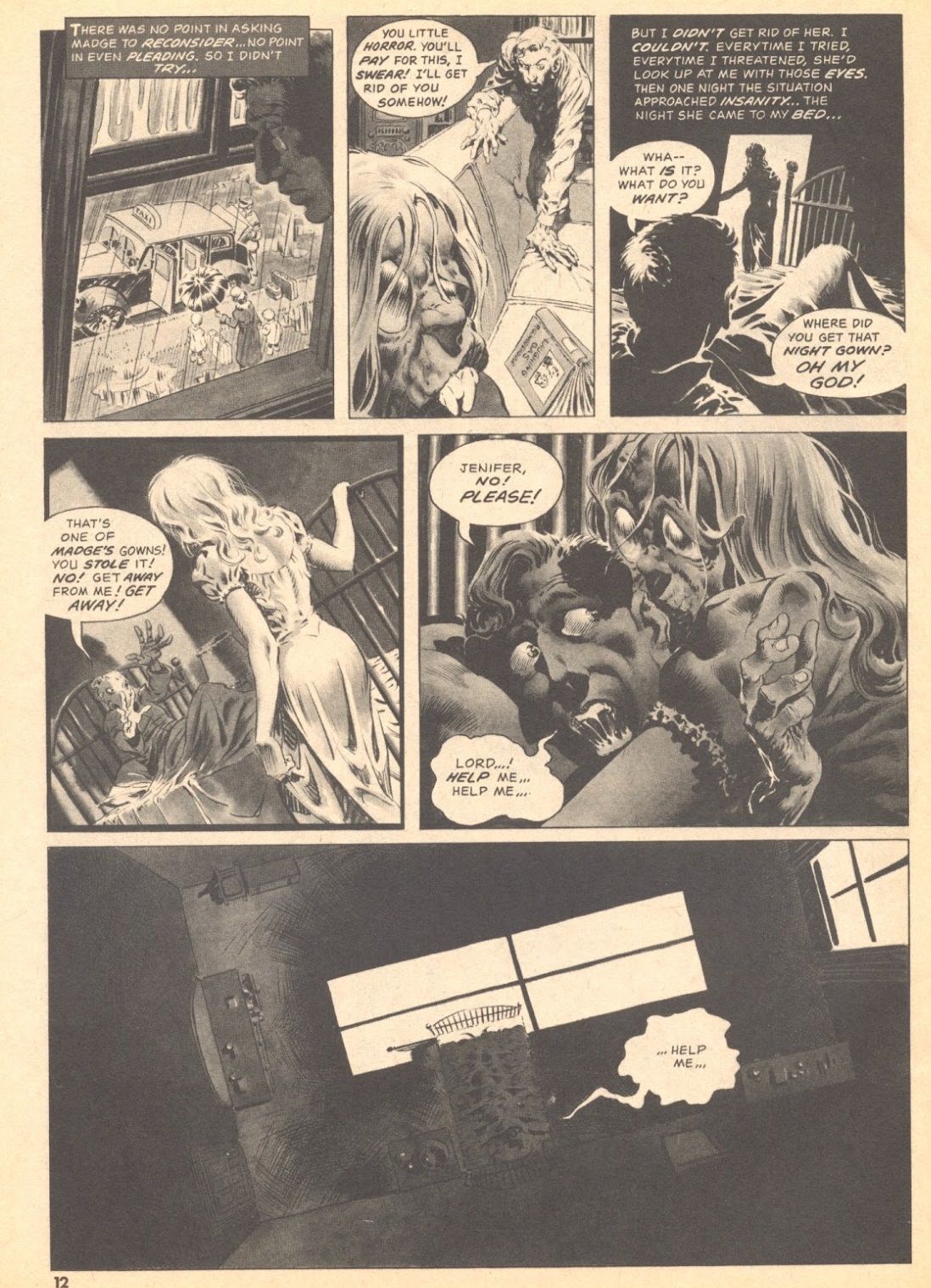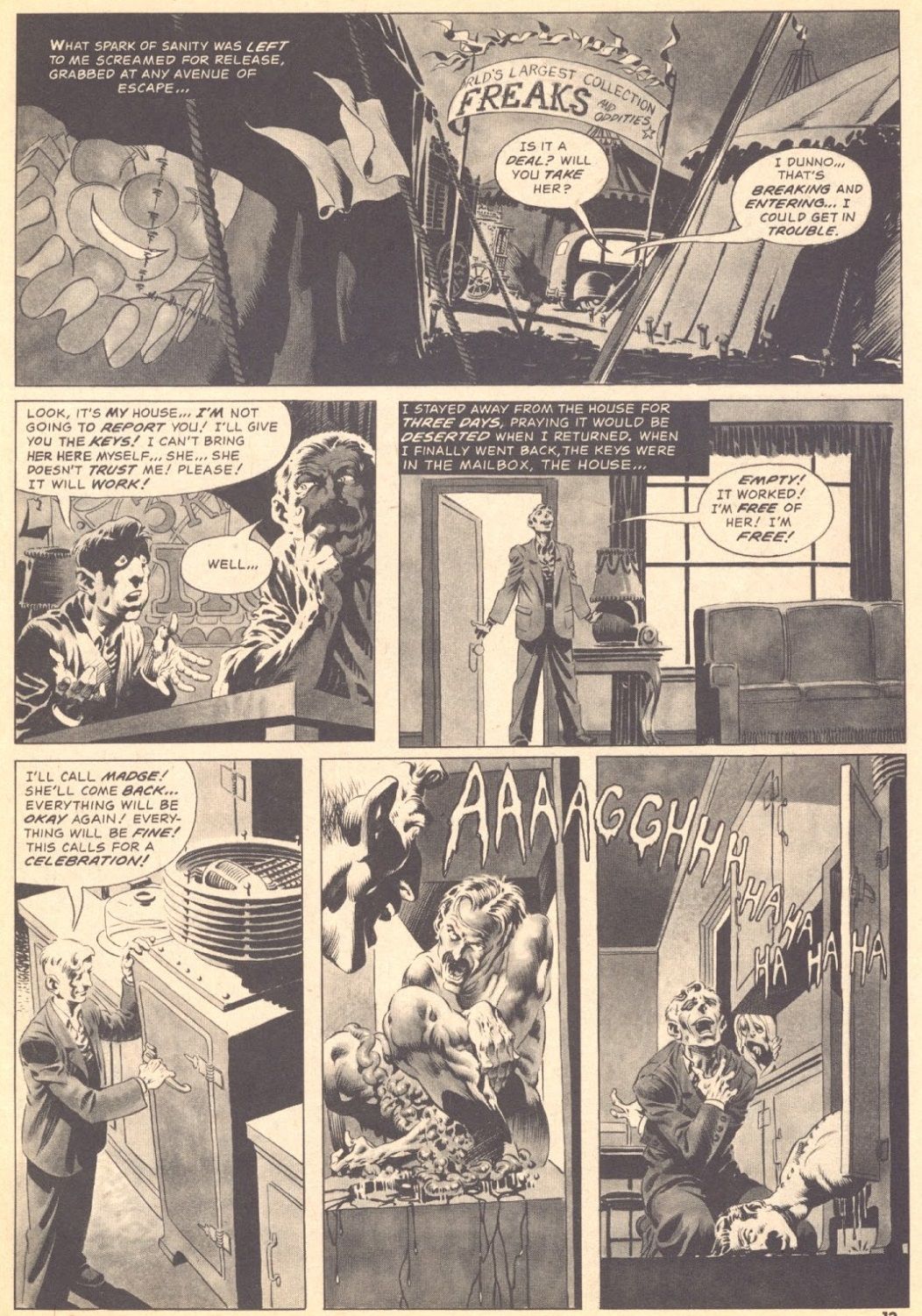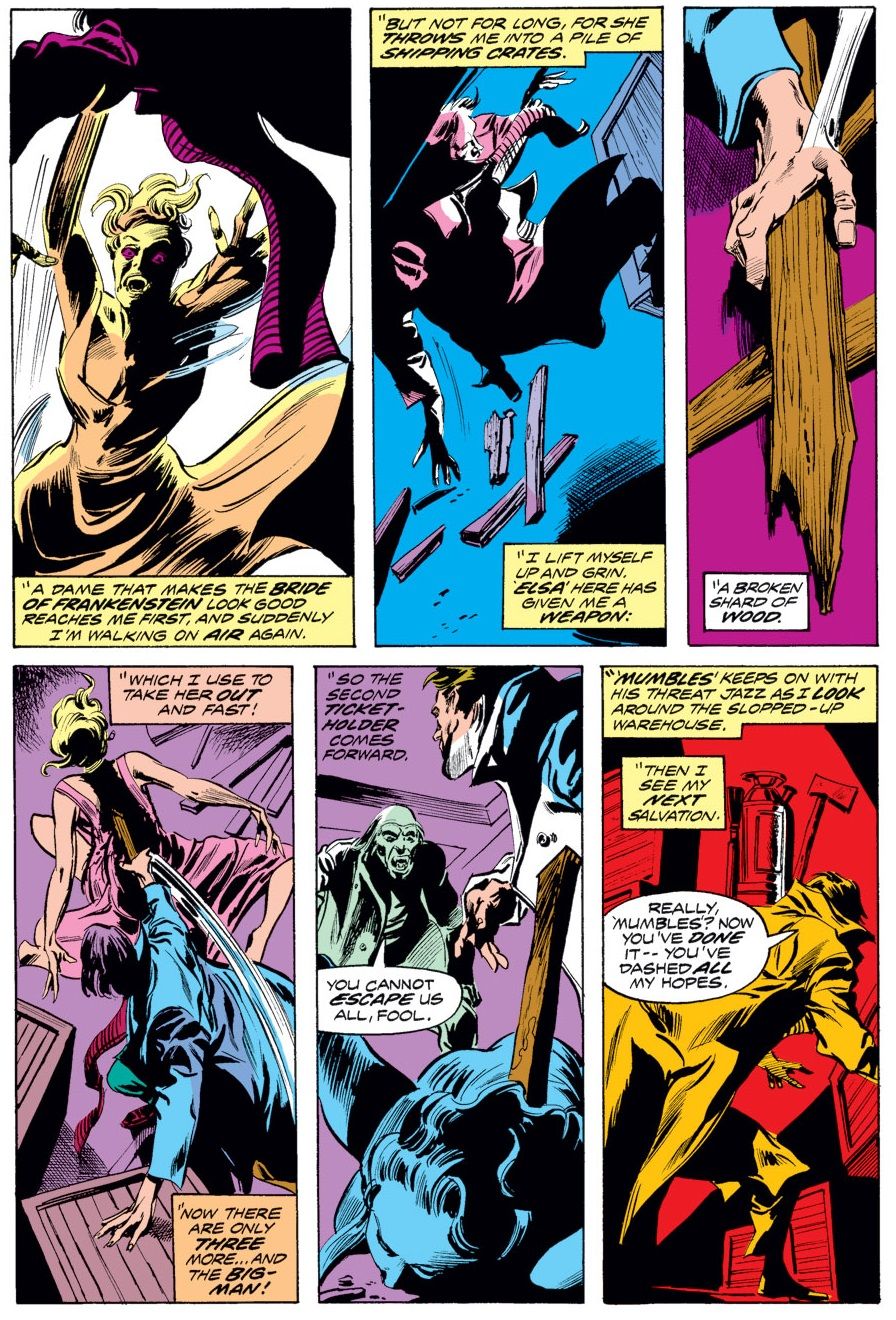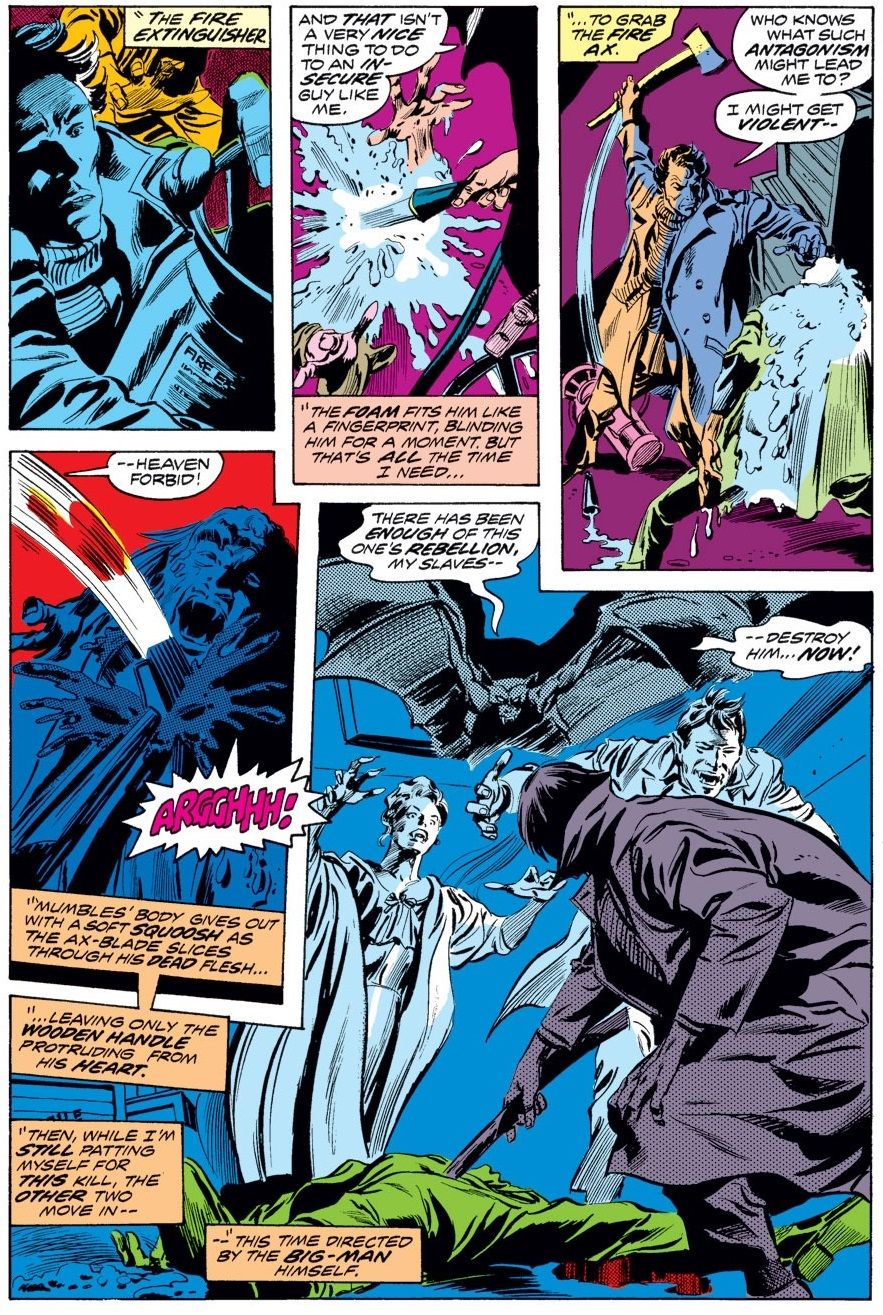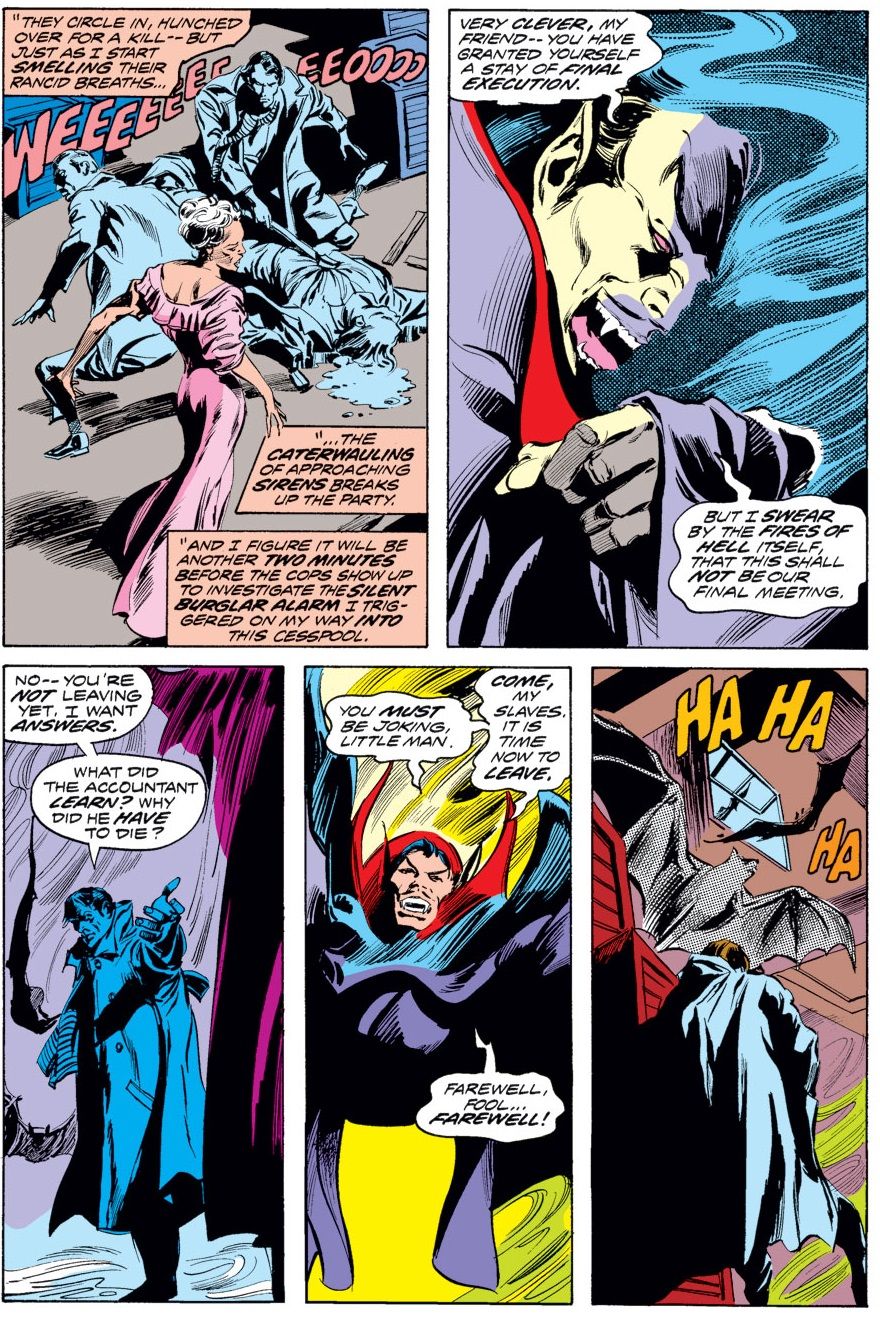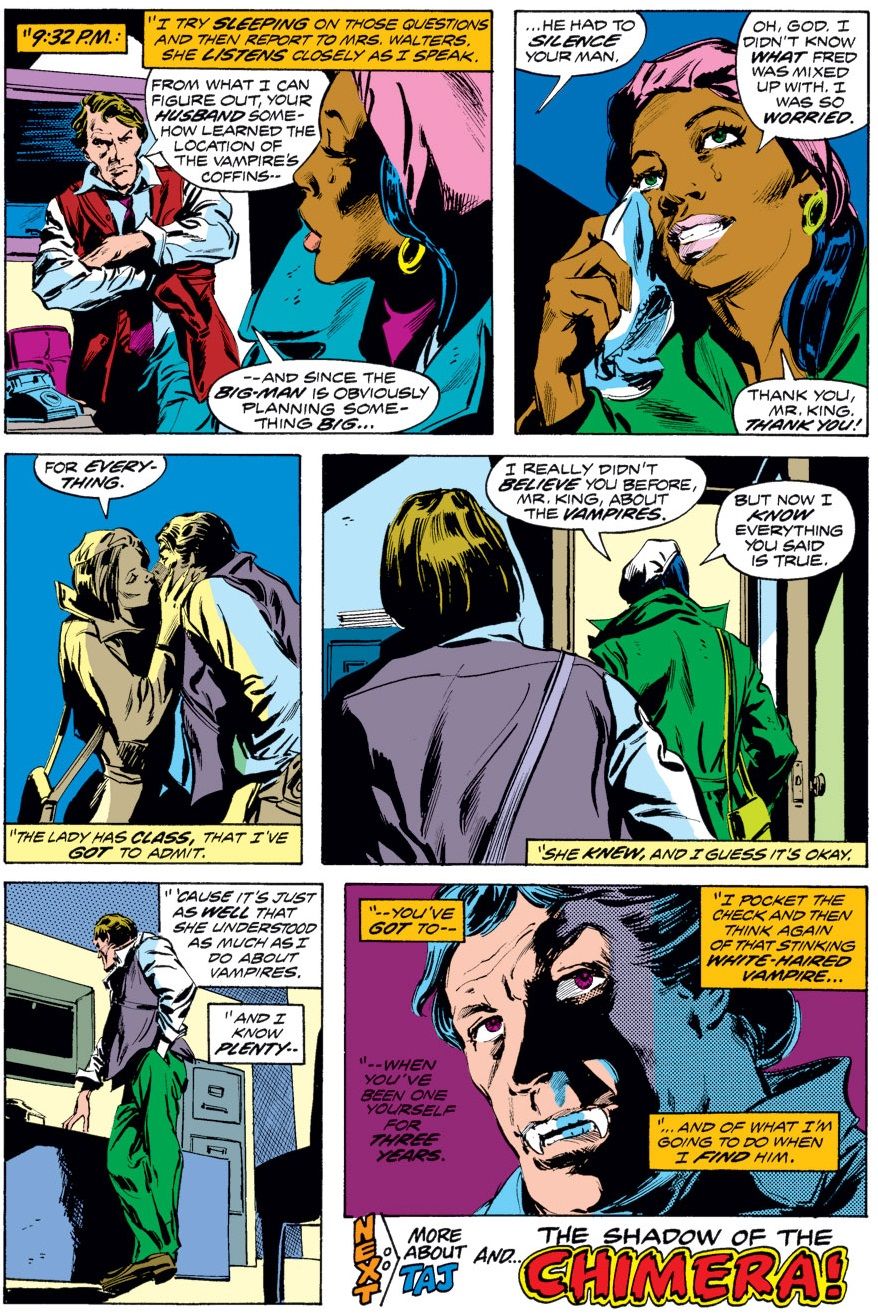Our every four years countdown of your all-time favorite comic book writers and artists continues!
Here are the next five artists that you voted as your favorites of all-time (out of roughly 1,008 ballots cast, with 10 points for first place votes, 9 points for second place votes, etc.).
30. Barry Windsor-Smith – 319 points (5 first place votes)
Starting in the 1960s with a highly Jack Kirby-esque style, Barry Windsor-Smith came to true prominence during his run on Conan the Barbarian with writer Roy Thomas. Not content, though, to rest on his substantial laurels, Windsor-Smith continued to develop his style dramatically, keeping his excellent storytelling skills and adding in more and more stylized touches. One of his most famous works was a one-off issue of Uncanny X-Men that he did with Chris Claremont. Check out how much stunning detail that there is in this work while never sacrificing fluidity of movement....
He followed this up a few years later with the famous Wolverine origin story (of sorts), Weapon X!
This is roughly his current style, and whenever he comes out with a new comic book work (which is sadly extremely rare nowadays), you know it is going to look excellent.
29. Fiona Staples – 387 points (4 first place votes)
Fiona Staples is one half of the amazing creative team on Saga, where she and writer Brian K. Vaughan have created a number of compelling characters that we'd like to follow through a rather unvarnished fantasy world where a young couple (Alana and Marko) is on the run with their baby. Slowly but surely, Vaughan and Staples populated their world with a variety of fascinating characters, from the bounty hunters who are trying to capture or kill them to the reporters who want to tell their story.
On Saga, Staples' designs are excellent, her character work is sublime and she is an amazing storyteller. There is a reason why Vaughan makes a point to list her name first in the credits.
The series recently hit a major turning point, which will lead to a year-long hiatus. Hopefully we will get a chance to see some other Staples projects during that break, like when she relaunched the Archie line of comics with Mark Waid. Her redesigns there were excellent.
In any event, one of the problems with Saga is that so much stuff happens that I don't want to spoil too much, so I'll use as Staples' example the same one I used during the last countdown, a bit from early in the series where we see Alana, Marko and their nanny try to head for a rocketship forest to find a way to get away from the people tracking them down...
Gorgeous.
28. David Mazzucchelli – 395 points (8 first place votes)
Perhaps the most impressive aspect of David Mazzucchelli's illustrious career as a comic book artist is the way that he CONTROLLED the page. He almost made his pages work like a motion picture, that's how accomplished he was at controlling how you viewed the page.
Check out the famous sequence from "Born Again" in Daredevil where we see Nuke attacking Hell's Kitchen, forcing Matt Murdock to become Daredevil again to stop him...
See what I mean about how he directs your vision in a way unlike most artists? Matt Fraction did an article a few years ago on that same topic, how Mazzucchelli's layouts control the viewers' line of sight in a way that they don't even consciously realize.
And, of course, Mazzucchelli did not stop at the brilliance of Year One and Born Again. No sir, he has evolved his artwork, as you can see from his award-winning graphic novel, Asterios Polyp, where he brilliantly used color and light to tell the story, like where we get to see "mansplaining" illustrated...
Such amazing work and it is cool to see the drastically different styles, with him being brilliant at both styles!
Page 2: [valnet-url-page page=2 paginated=0 text='See #27 and the first of two artists tied for #25!']
27. Bernie Wrightson – 407 points (5 first place votes)
Bernie Wrightson (he originally dropped the E from the end of his name for his published artwork to differentiate himself from an Olympic diver, but he eventually reclaimed the E. That's why you'll see him credited both ways when people talk about him. Since he ended up taking the E back and also since it IS his given name, I'm going with that spelling) was a newspaper illustrator in the 1960s when he ran into the great Frank Frazetta at a comic book convention. That inspired Wrightson to give comic book art a try. He worked on his sequentials and began to get gigs at DC Comics, working on horror comics. He also worked for Marvel Comics during this period in the late 1960s/early 1970s.
It was there that he co-created Swamp Thing with writer Len Wein...
Wrightson's "problem" was that he was a meticulous artist, who would spend so much time putting detail into his art that he had a hard time meeting the scheduling deadlines of most DC Comics series. He also wanted to be able to experiment with his work, so he left DC Comics and went to work for Warren Publishing on their black and white horror comic magazines. He drew a number of iconic horror tales during this period, like the famous "Jennifer" with writer Bruce Jones...
He slowly moved out of comic book work and began to do more illustrations, including years spent doing an illustrated version of Frankenstein. During the 1980s, he made a big comic book comeback, working with his contemporary, Jim Starlin, on a pair of miniseries for DC Comics (The Weird and Batman: The Cult). The two then took a follow-up series for The Cult to Marvel where they did it as a Punisher miniseries.
Late in his life, Wrightson did a gorgeous Frankenstein series with writer Steve Niles for IDW. Wrightson sadly passed away last year.
25 (tie). Gene Colan – 416 points (5 first place votes)
Gene Colan became famous at Marvel for his energetic work coupled with his unique panel arrangements on the Iron Man feature in Tales of Suspense (Colan originally drew for Marvel under a pseudonym, which was kind of hilarious, since there were few artists who were more distinctive in their page layouts. It was practically impossible for Colan to hide his identity, style-wise). However, I think perhaps his strongest work is the slightly less frenetic Tomb of Dracula with writer Marv Wolfman and inker Tom Palmer.
Here is Colan from the classic twenty-fifth issue where a woman hires a stereotypical private investigator (straight out of a Raymond Chandler story) to find out who murdered her husband (hint - it's Dracula). But is the P.I. who he seems?
What a great reveal and what excellent storytelling by Colan!
Colan continued to be a top notch artist right up until his death back in 2011.

